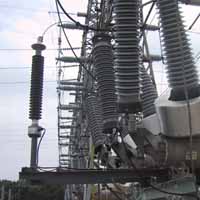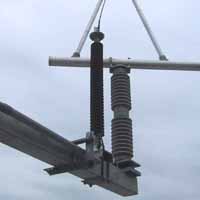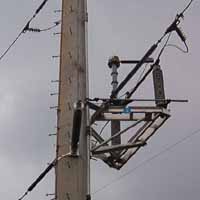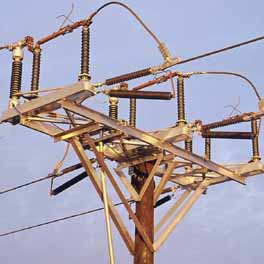The Technology – Digital Current and Voltage Sensing
SEECO SENSE digital current and voltage sensor devices are true sensors in that they do not physically transform primary phase current and voltage to produce secondary output signals like traditional oil-filled or dry-style instrument transformers. Instead, the sensor unit digitizes phase current and voltage and accurately reproduces (real time) in phase proportional sinusoidal current and voltage waves for communication with meters, relays, rtu’s and other customer load devices.
Both current and voltage sensor devices utilize induction to produce the desired output signals. The current monitoring mechanism employs a current sensing coil (Rogowski Coil), which is used to sense the line current and generate safe, low voltage outputs. The coil operates on Faraday’s law, which states that the total electromotive force induced in a closed circuit is proportional to the time rate of change of the magnetic flux linking the circuit. If the current varies sinusoidal with time at a constant frequency, the output can be stated as Erms=2πf H Irms where H is the coil sensitivity.
The output voltage of the current sensing coil is equal to the derivative of the instantaneously primary current. The polarity of the output voltage will be determined by Lenz’s law, which states “the induced current in a loop is always in a direction as to produce a flux opposing the initial change in flux.” In other words, the induced voltage will change phase by 180 degrees when the current changes direction.
The voltage monitoring mechanism employs a voltage sensing rod, which is used to sense the electro magnetic field of the line voltage and generate a low level voltage output. Like the current sensing coil, the voltage sensing rod operates on the principle of induction. When an electro magnetic flux field moves, the motion of the magnetic lines cutting across a conductor forces free electrons in the conductor to move, producing current. The process is called induction since there is no physical connection between the field and the conductor. The current generated by the sensing rod is then converted into a low level voltage output.
Utilizing sensing mechanisms that digitize and reproduce, rather than transform phase current and voltage, permits device designs that are lighter in weight, more compact, ultra safe and very economical. The emergence of this new technology solves many of the problems faced by design engineers when confronted by space, weight and mounting limitations in compact substations and transmission and distribution line monitoring applications.
For additional information on SEECO SENSE digital current and voltage sensors, please view the following pages:




